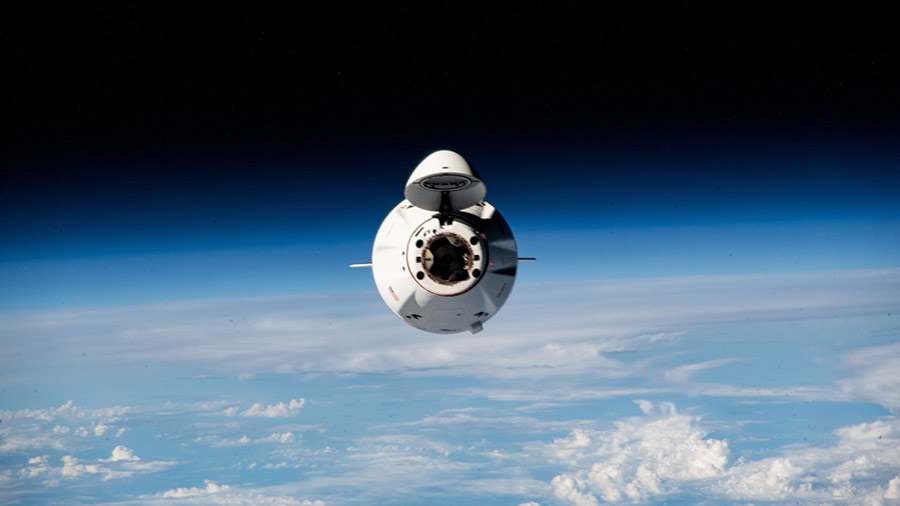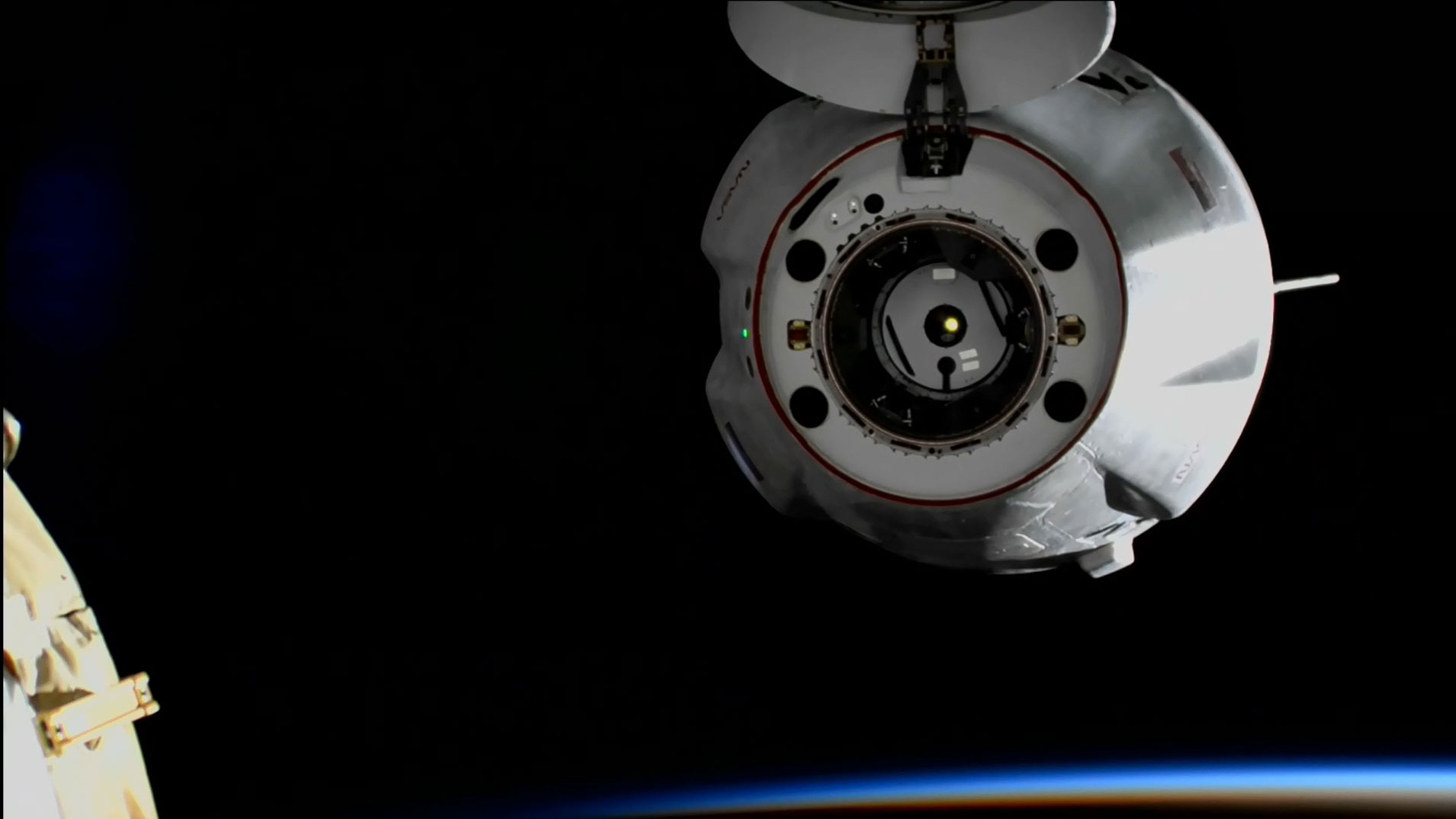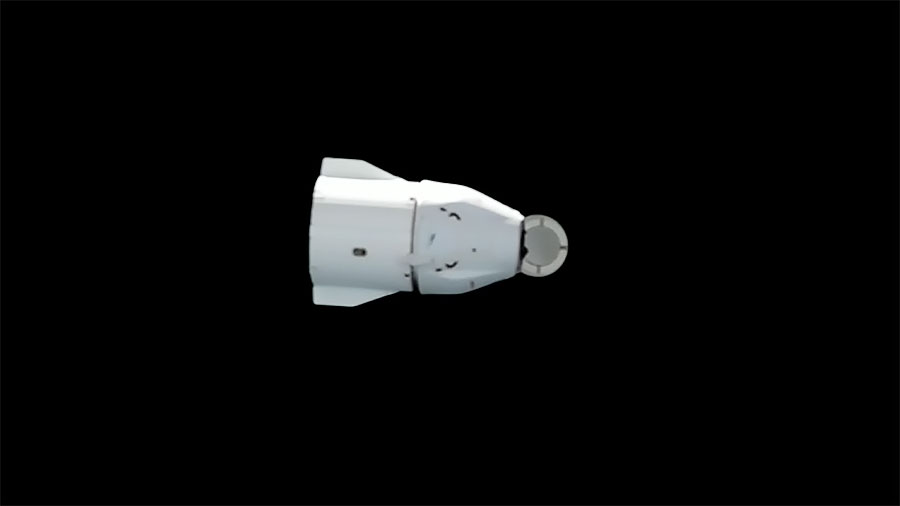
A SpaceX Dragon cargo spacecraft is targeting its undocking from the International Space Station for 5:05 p.m. EST today. The Expedition 70 crew finished packing Dragon on Wednesday with a variety of research samples and lab hardware for retrieval and analysis on Earth.
The orbital residents now turn their attention to the departure of a second U.S. resupply ship set for 8:05 a.m. on Friday. Northrop Grumman’s Cygnus space freighter was grappled with the Canadarm2 robotic arm and will soon be detached from the Unity module’s Earth-facing port before being released into Earth orbit completing a four-and-a-half month stay at the orbiting lab. Cygnus will stay in space until early January when it will enter the atmosphere above the Pacific Ocean for a fiery, but safe demise.
NASA, Axiom Space, and SpaceX teams now are targeting no earlier than Wednesday, Jan. 17, to launch Axiom Mission-3 to the space station from Kennedy Space Center’s Launch Complex 39A due to recent unfavorable weather conditions and changes in SpaceX’s launch manifest.
Astronauts Jasmin Moghbeli and Satoshi Furukawa completed preparations for Cygnus’ departure today closing the hatch and configuring the vehicle to end its mission. NASA’s Moghbeli earlier installed the SAFFIRE-VI experiment inside Cygnus that will be remotely activated to explore spacecraft fire safety. Furukawa from JAXA (Japan Aerospace Exploration Agency) ensured the disposable cargo was securely strapped inside the departing spacecraft.
Science and maintenance activities were still ongoing throughout Thursday advancing knowledge and keeping the orbital outpost in tip-top shape. Scientists use the microgravity environment to discover new phenomena impossible to observe in Earth’s gravity.
NASA Flight Engineer Loral O’Hara opened up the Combustion Integrated Rack and configured research components supporting an experiment that is observing how fuel temperatures affect material flammability. Results from the study may improve fire safety techniques on Earth and in space. Commander Andreas Mogensen of ESA (European Space Agency) activated a series of coding studies to interest students in science, swapped out optical fiber samples for a manufacturing experiment, then replaced filters in the Advanced Plant Habitat for a new space botany investigation.
Working in the orbital lab’s Roscosmos segment, veteran cosmonaut Oleg Kononenko once again tested the 3D printing of tools and supplies in weightlessness then set up an Earth atmosphere monitoring experiment. Flight Engineer Konstantin Borisov installed a secondary atmospheric study that is observing Earth’s nighttime environment in near-ultraviolet wavelengths. Flight Engineer Nikolai Chub attached sensors to his chest monitoring how his heart is adapting to the lack of gravity.
Learn more about station activities by following the space station blog, @space_station and @ISS_Research on X, as well as the ISS Facebook and ISS Instagram accounts.
Get weekly video highlights at: https://roundupreads.jsc.nasa.gov/videoupdate/
Get the latest from NASA delivered every week. Subscribe here: www.nasa.gov/subscribe








